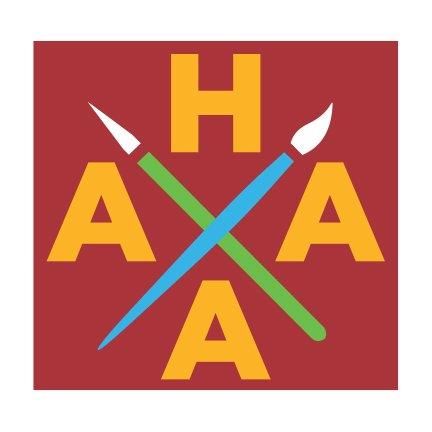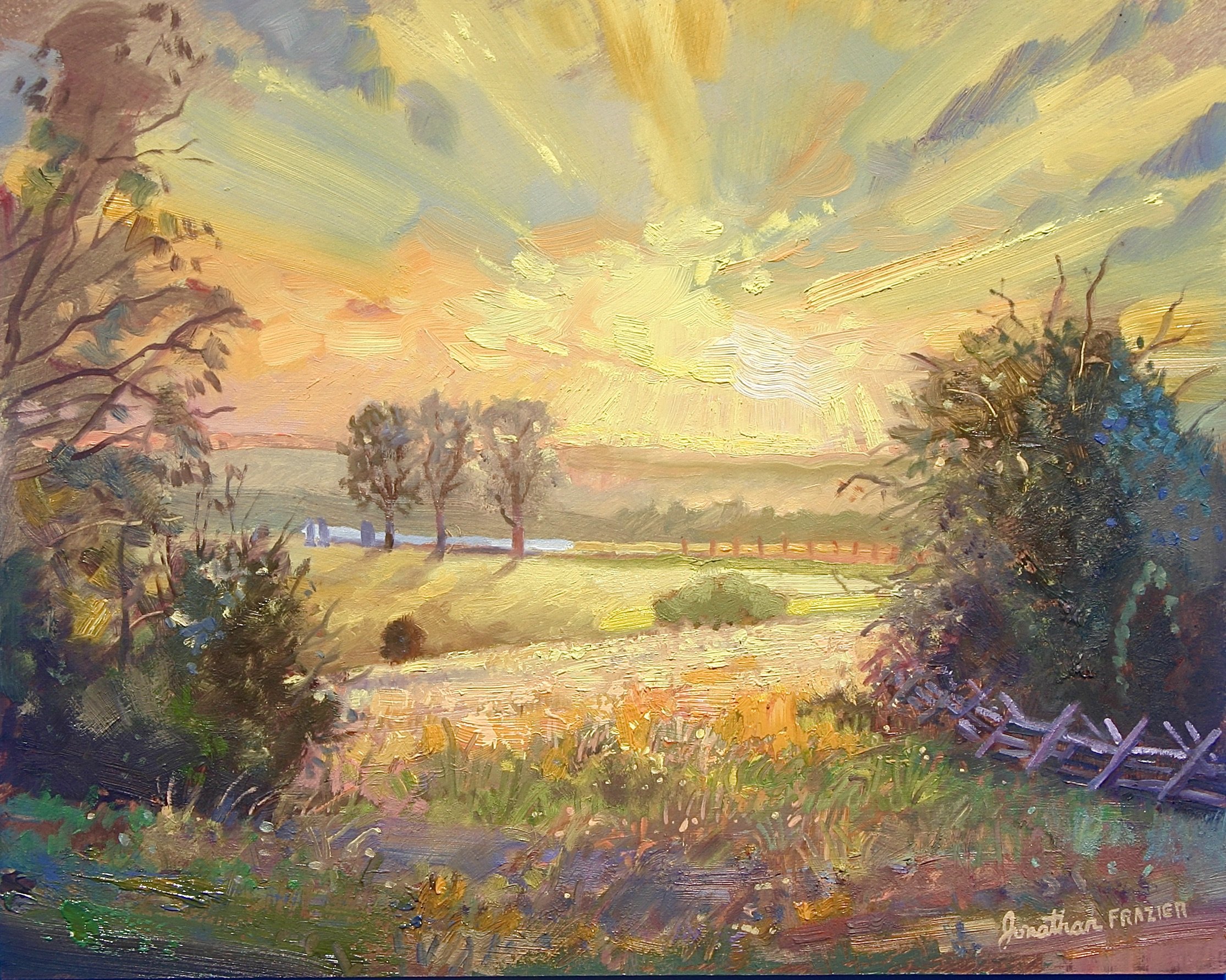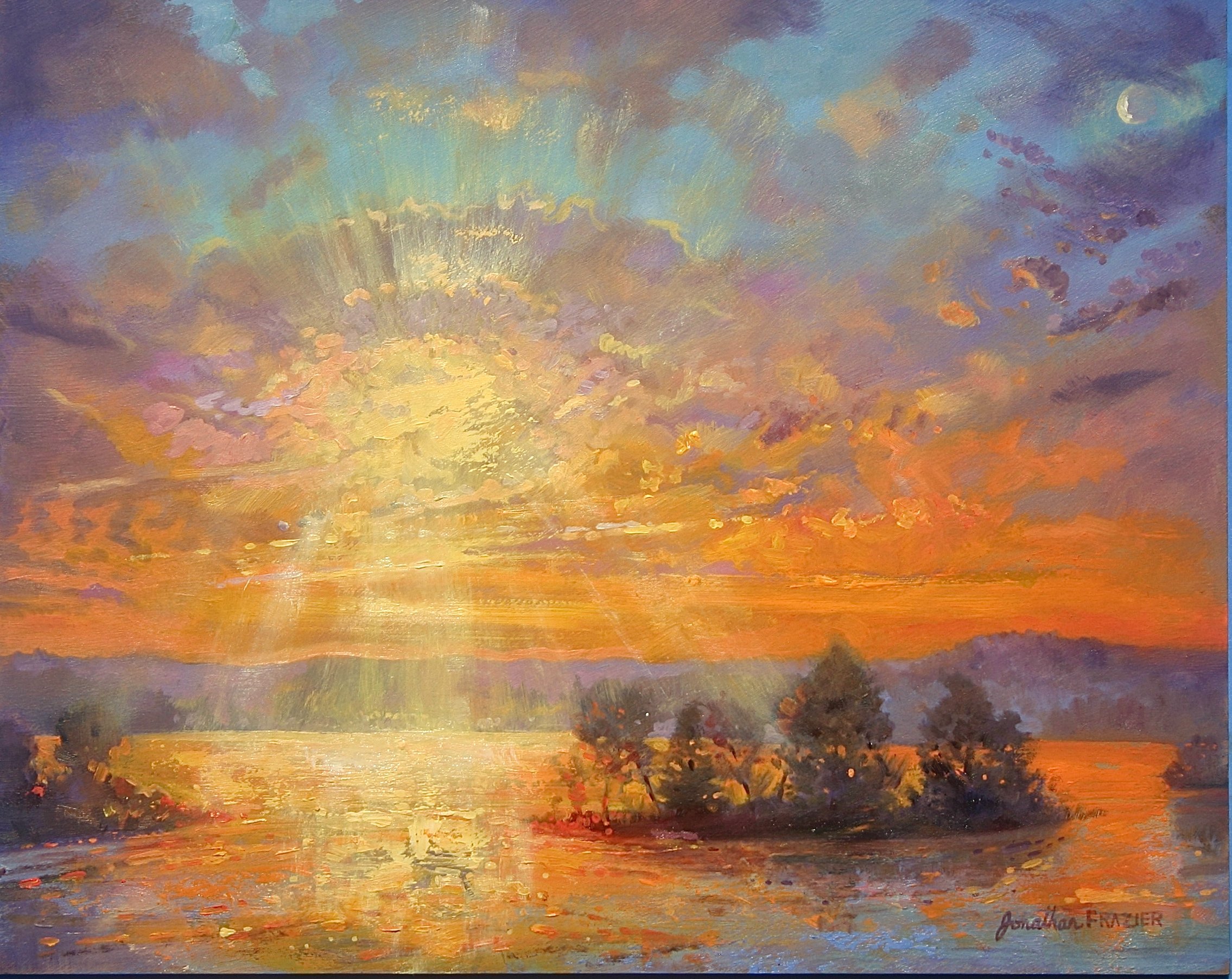Wednesdays, September 3 - 17 (3 classes)
2pm - 5pm
$75.00 Member……$90.00 Non-member
Location: Hershey History Center, 40 Northeast Dr., Hershey, PA 17033
Please make checks payable to Hershey Area Art Association (HAAA) and mail to:
PO Box 654, Hershey, PA 17033
Join Jonathan for this beginner friendly introduction to plein air painting. Jonathan is primarily an oil painter and will do most demonstrations in that medium. Artists using acrylic, watercolor, or sketch media are also welcome to join, as he has working experience in those as well. We will paint around the HHC building to offer familiar and comfortable surroundings. Basic concepts will be covered, such as composition, thumbnail sketches, setting up an easel, making first marks on the canvas, color mixing, aerial perspective, cleanup tips, etc. More information on instructor at http://www.jonathanfrazier.com
Suggested Materials:
Turpenoid - ( a low VOC, odorless substitute for turpentine ) acts as a thinner. The Weber brand ( blue and white label ), or Gamblin's Gamsol aregood. "Turpenoid Natural" is not.
Linseed Oil - acts as a binder, also imparts glossy appearance.
PAINT tubes
( the following 3 colors will be used quite a lot )
Ultramarine Blue
Burnt Sienna
Titanium White
( the following 4 optional colors may be added later to paint in full color )
Cadmium Red ( regular or light )
Alizarin Crimson
Cadmium Yellow ( regular or light )
Pthalocyanine Blue ( optional - I can provide this color )
Good paint brands are Winsor & Newton, Gamblin, Grumbacher, and Utrecht.
Paints that say "hue" in the title contain a cheaper substitute pigment which may appear similar in color to the original, but lack the opacity of their counterparts. Although the transparency of these pigments may have specialized use in advanced glazing techniques, I would advise against them for our use.
Pencil and paper may be helpful for quick planning sketches.
Clean, lint-free cotton rag is useful for lifting and manipulating paint.
Paper towels are helpful for clean-up. No need to bring a whole roll - 4 or 5 sheets will suffice for a painting session.
One small jar ( with lid ) to hold medium ( a mixture of turpentine and linseed oil that is used to thin paint )
Second small jar to hold pure turpenoid for cleaning brushes in the field ( or you could take them home to clean).
Canvas (12x12" and 11x14" are good sizes. I wouldn’t go any larger than 16x20” )
Michaels' "Artist Loft" is good, and inexpensive.
If you are a little more accomplished, the Ampersand Gessobord is a nice surface to work with.
Brushes - Hog hair bristle is good, and readily available. Sizes 2, 4, and 6 are good in flats and filberts. A few small rounds are good for detail. If you already have different brushes, bring them along.
Palette - I recommend the disposable paper palettes, and especially like the Richeson Grey Matters palette paper which is a light gray. White palette paper is also fine. 12x16" is an ideal size. I suggest adding a 12x16” Masterson palette box with blue lid.
You may also use the more traditional wood or masonite palette.
Please - DO NOT use a paper plate or wax paper , these will work against you.
Palette knife - For mixing colors on the palette - May be metal or plastic


